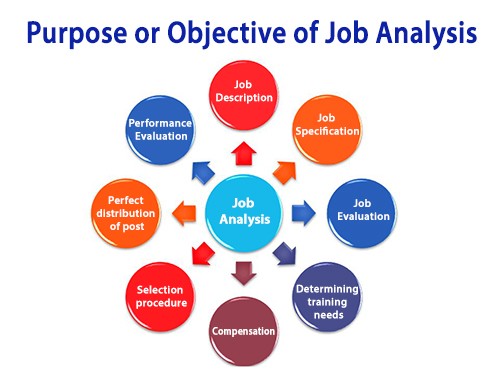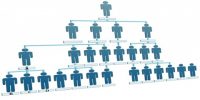Job analysis is a process to establish and document the “job relatedness” of employment procedures such as training, selection, compensation, and performance appraisal. It is a process to identify and determine in detail the particular job duties and requirements and the relative importance of these duties for a given job.
Purposes or objective of job analysis: The data collected from the job analysis can be used for a variety of purposes. These are as follows –
Job description: Job descriptions describe the duties, responsibilities, working conditions and activities of a particular job.
Job specification: Job specification details the knowledge, skills, and abilities relevant to a job, including the education, experience, specialized training, personal traits, and manual dexterity required.
Job evaluation: The information gathered during a job analysis can be used as input for the organization’s job evaluation system. The job evaluation determines the worth of a particular job to the organization.
Determining training needs: Job analysis can be used in training/”needs assessment” to identify or develop:
- Training content;
- Assessment tests to measure the effectiveness of training;
- Equipment to be used in delivering the training;
- Methods of training (i.e., small group, computer-based, video, classroom, etc.)
Compensation: Job analysis can be used in compensation to identify or determine:
- Skill levels;
- Compassable job factors;
- Work environment (e.g., hazards: attention; physical effort);
- Responsibilities (e.g., fiscal, supervisory);
- Required level of education (indirectly related to salary level).
Selection procedure: Job analysis can be used in selection procedures to identify or develop:
- Job duties that should include in advertisements for a vacant position;
- The appropriate salary level for the position to help determine what salary should be offered to a candidate.
- Minimum requirement (education and experience) for screening applicants;
- Interview questions.
- Selection test instruments (e.g., written tests; oral tests; job simulations)
Transfer and promotion of employees: Every employee has to give the opportunity to transfer and promotion.
To ensure sound work environment: The job analysis is also useful for ensuring a sound work environment that has to be done are, in fact, sound work to a particular position.
Perfect distribution of post: There are many posts as there are workers in their organization. Every worker has given the perfect post of proper performance.
Performance evaluation: A performance evaluation compares each employee’s actual performance with his or her performance standard.














